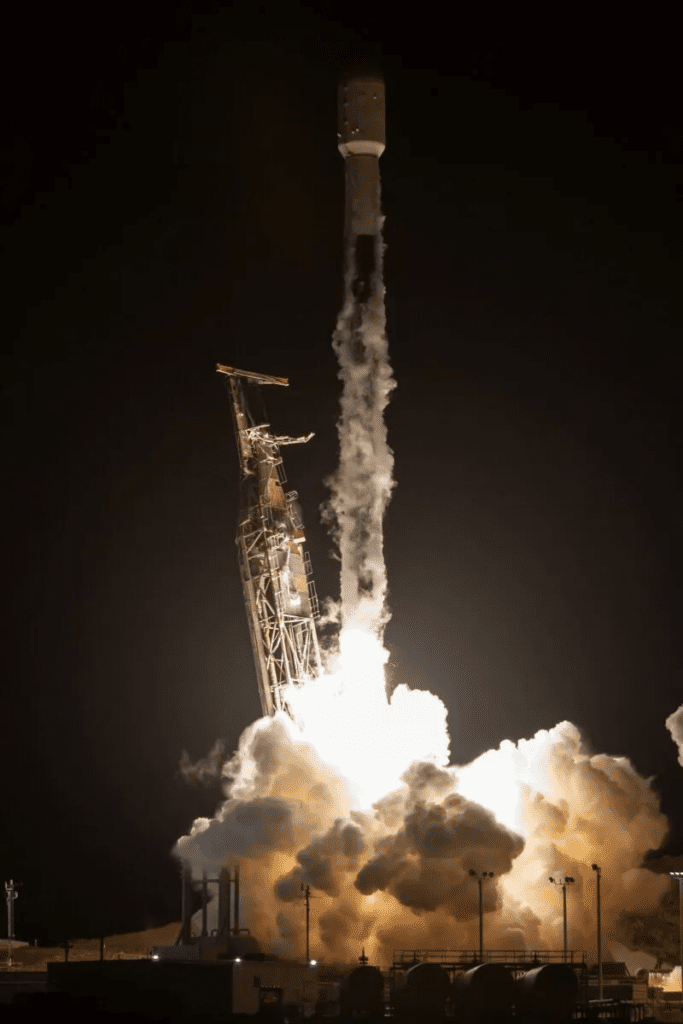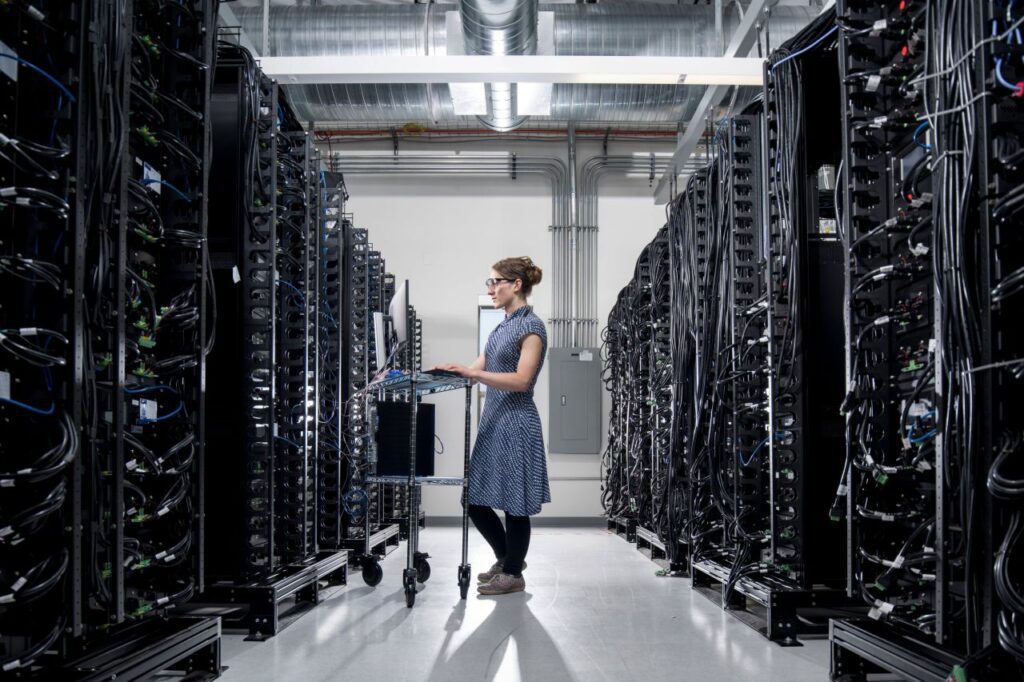Antarctica, the world’s southernmost frontier, stands as a barometer for the health of our planet. It mirrors the global state amidst a web of intricate environmental challenges. Recent research, published in the journal Frontiers in Environmental Science, underscores the escalating frequency and intensity of extreme events, from ocean heatwaves to rapid ice melt, that threaten this pristine continent.
The study, a collaborative effort involving experts from Exeter and Leeds universities, the British Antarctic Survey (BAS), and the Foreign, Commonwealth, and Development Office’s Polar Regions department, delves into the repercussions of these extreme events on Antarctica’s diverse ecosystem. Factors such as shifting climate patterns, fluctuating sea-ice cover, oceanic heatwaves, glacial dynamics, and the stability of ice shelves were meticulously examined. The findings reveal their profound impact on both marine and terrestrial biodiversity.
Rapid changes in Antarctica are attributed to swift temperature rises, a trend exacerbated by the burning of fossil fuels. Consequences range from the melting of sea ice and glaciers to disrupted breeding cycles among marine mammals and indigenous birds. While the specific role of fossil fuel combustion in triggering some of these events remains a subject of research, there’s a burgeoning scientific consensus: sustained greenhouse gas emissions are likely to heighten their severity and frequency. This is especially concerning in a world inching closer to critical temperature thresholds.
Despite its minimal contribution to global carbon emissions, the spotlight is on Antarctica. An increasing number of operators are setting ambitious net-zero targets, underscoring the pivotal realization that global net-zero endeavors will directly shape Antarctica’s destiny. The Antarctic Treaty System, emblematic of global unity, offers a blueprint to mitigate future impacts on the region’s marine and terrestrial species. Protective measures, including designated land and marine sanctuaries, could alleviate added pressures, offering refuge to these fragile habitats.
SIMILAR POSTS
The article sheds light on some startling records. In February 2020, Antarctica registered its highest temperature, a staggering 18.3°C. Such elevated temperatures lead to rapid snow and ice melt, resulting in pools of meltwater on the ice surface, which can trigger abrupt glacier shifts. This phenomenon has led to the sudden disintegration of several floating ice shelves, the colossal barricades that deter grounded ice from flowing into the ocean. March 2022 witnessed an unprecedented heatwave in East Antarctica, with temperatures soaring 38.5°C above the norm. This was propelled by a warm atmospheric river originating from Australia, bypassing the polar vortex, which typically acts as a barrier. The central region of East Antarctica, where temperatures should hover around -50°C, recorded a balmy -10°C. Such anomalies, if they occurred during summer, could have melted the ice sheet’s surface to its very summit, an event unseen in eons. The struggle of Antarctic ice to rebound after plummeting to historic lows in February has heightened scientific concerns.
The receding sea ice, hastened by climbing temperatures, unveils previously unreachable parts of Antarctica. Yet, this accessibility demands judicious oversight to prevent undue disturbances to these vulnerable zones. As human footprints expand, stringent biosecurity measures become paramount to thwart the introduction of alien species, which could further destabilize Antarctica’s ecological equilibrium. The dwindling Antarctic sea ice also beckons more maritime traffic, necessitating vigilant management and biosecurity protocols to shield vital regions. Without proactive intervention, these events could become commonplace, jeopardizing Antarctica’s delicate environment, potentially inflicting irreversible damage.
The essence of Antarctica’s narrative is clear: it’s a testament to the intricate dance of geography, time, and human influence. As extreme events punctuate its story, the call for urgent policy action to preserve this last wilderness resonates louder than ever.


















